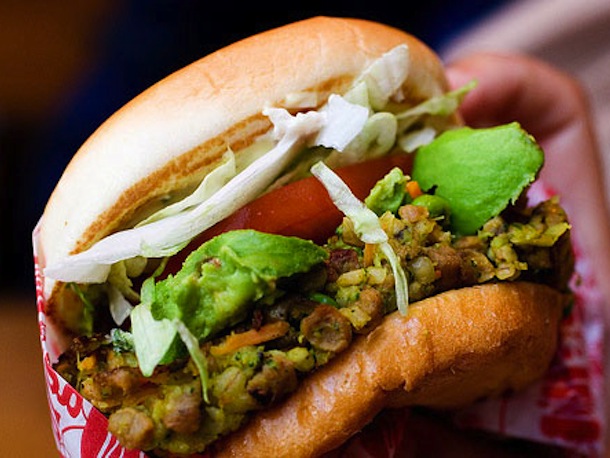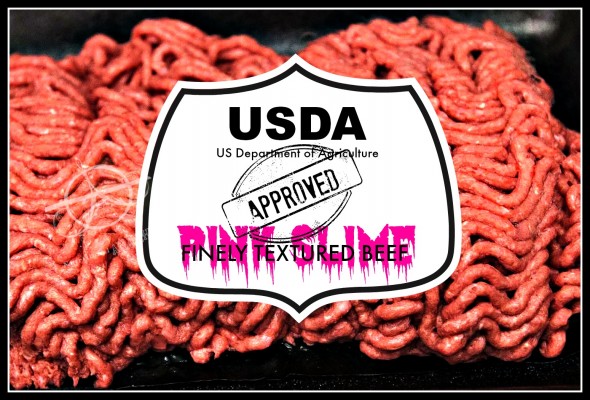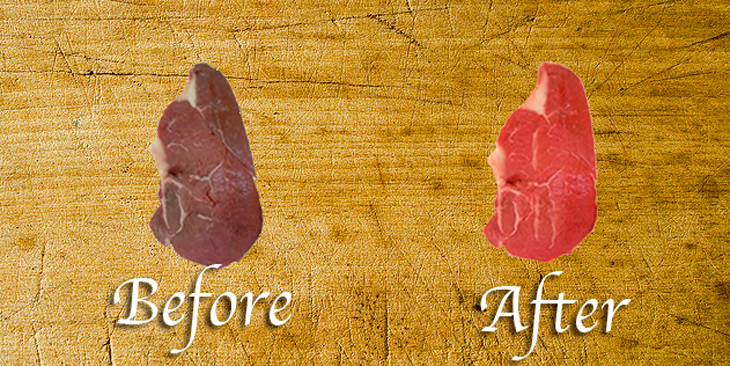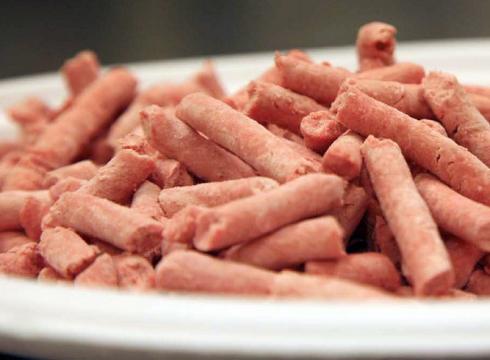
23,000 Americans will die this year from antibiotic-resistant infections; 80 percent of antibiotics in the U.S. are used by the meat industry. Can Big Ag and Big Pharma change in time to save this critical medicine for humans? One evening in June 2011, at their home in a suburb of Portland, Ore., Melissa Lee and her husband sat down to a dinner of spaghetti and meatballs with their 10-month-old daughter. It was one of the first times Ruby Lee ever tasted meat. What followed, over the next few days, was a new parent’s nightmare of fever, diarrhea, listlessness, and doctors—culminating in an urgent phone call about blood test results: “Get Ruby to the hospital now.” Ruby’s bloodstream was infected with a virulent bacterial strain, Salmonella […] Read More







